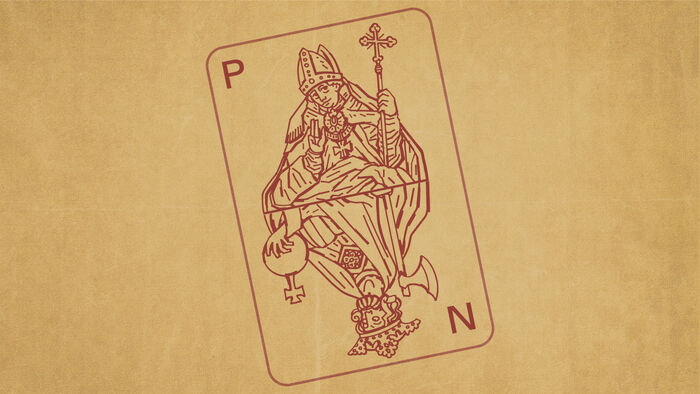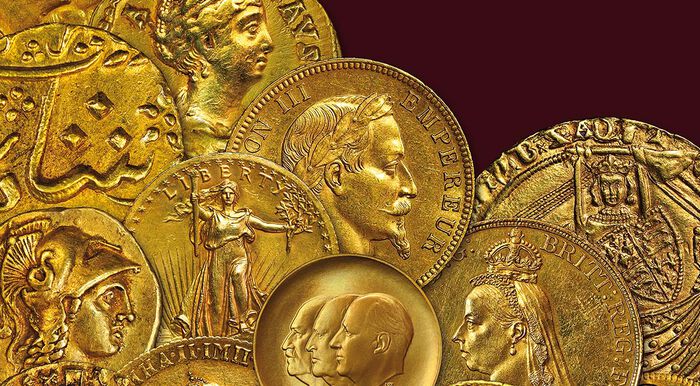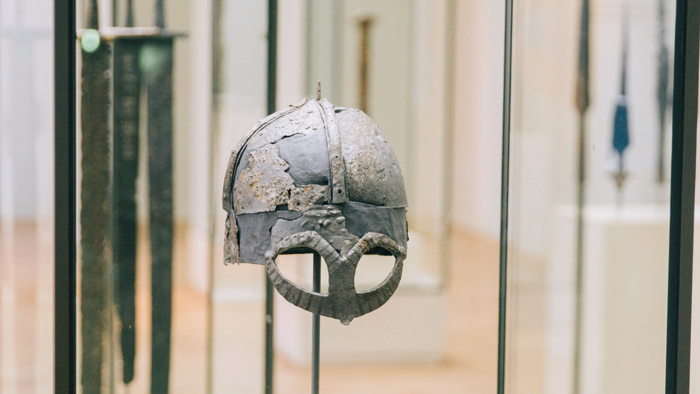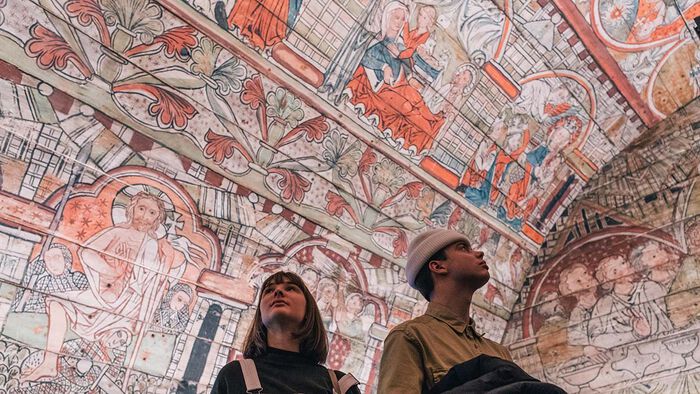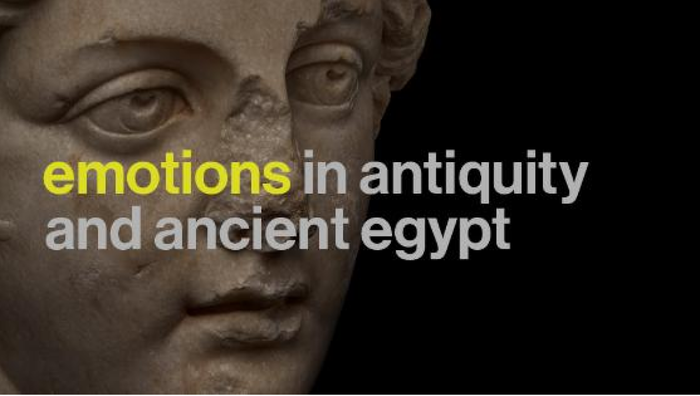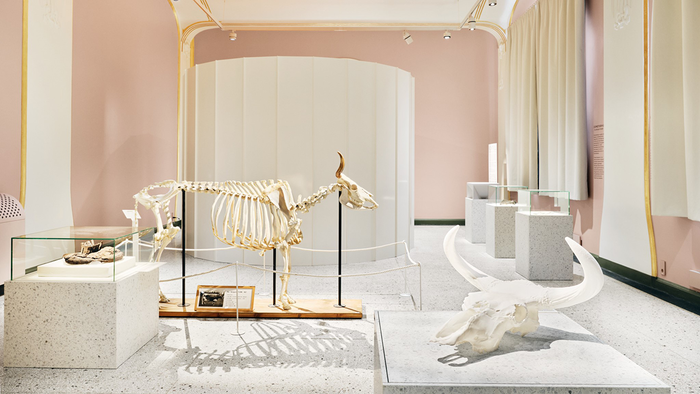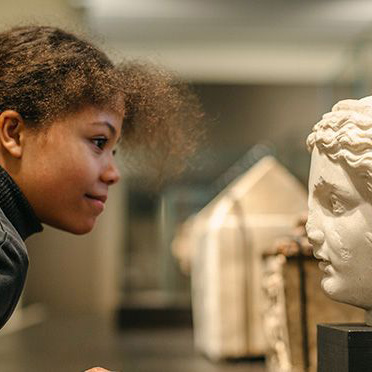It was King Harald Hardrada (‘hard ruler’) (1015–1066) who first introduced a national monetary system in Norway. All his pennies were struck in a single size and standard and weighed 0,9 gram. Foreign coins were soon replaced by Harald’s coins, and they were valid currency everywhere in the kingdom.
The obverse motif o is called a triqvetra and symbolized the Christian Trinity. The reverse shows a cross, as was the custom in other Christian countries. But Harald also chose a deeply religious motif for the obverse side, which usually showed a king’s portrait.

Found in Sarpsborg
In 1852, Sarpsborg’s town council decided to build a new road that would cut through the medieval rampart, St. Olav’s Voll. The road workers discovered a hoard containing 45 coins from the late Viking Age. It was in this hoard that the penny from the time of Harald Hardrada came to light, along with one coin from the Byzantine Empire, 39 coins from the Holy Roman Empire (Germany), three Anglo-Saxon coins from England, and one from southern Scandinavia. The foreign coins were struck before Harald Hardrada came to power. We can therefore assume that King Harald’s silver penny was struck the same year he became king, in 1047.
